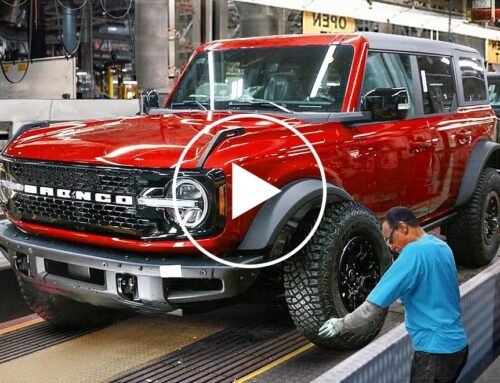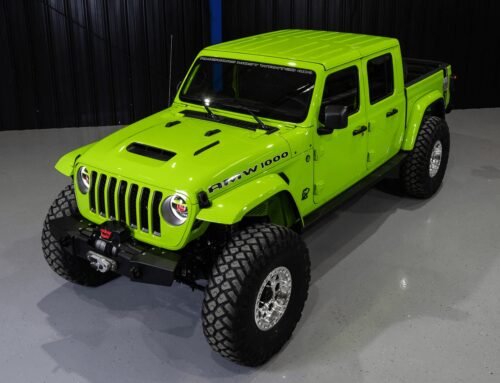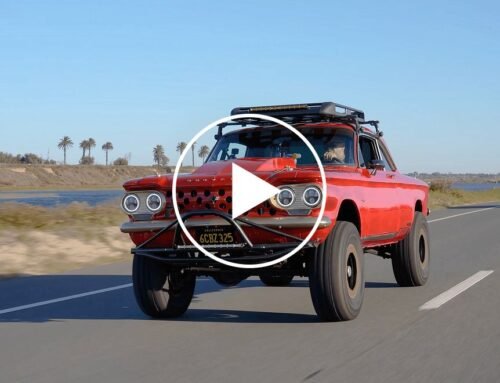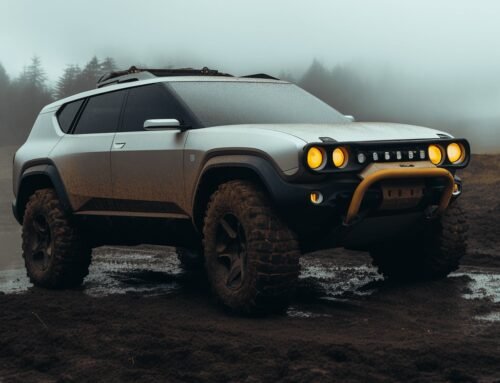Here’s how the older generations stack up.
The M5 used to be the pinnacle performance variant of BMW’s longstanding 5 Series. But in recent years, BMW has started offering faster variants that sit above the base M5. The 2022 BMW M5 CS, which stands for Competition Sport, is the latest addition to the M5 family. It sits above the standard M5 and M5 Competition as the fastest, lightest, and most powerful variant. The 4.4-liter twin-turbo V8 now produces 627 horsepower and 553 lb-ft of torque, yielding a blistering 2.9-second 0 to 60 mph time.
All of this performance doesn’t come cheap, though, as the M5 CS starts at $142,000. In other words, it’s $38,500 more than a base M5. For less than the price premium between the standard model and the CS, you could buy an entire used M5. There are now five previous M5 generations to choose from, and many of them are great used values.
F90 (2018-Current)
The M5 is currently in its sixth generation, codenamed the F90, and since this car has been on the market since the 2018 model year, there are already affordable used models with certified pre-owned warranties. It’s not like the standard F90 M5 is a slouch in terms of performance. The 4.4-liter twin-turbo V8 produces 600 hp sending power to a performance all-wheel-drive system through an eight-speed automatic transmission. With launch control, the car takes only 3.2 seconds to hit 60 mph and the car can even run as a rear-wheel-drive for burnouts and power slides.
A brand-new 2021 M5 starts at $103,500 but used 2018 models can already be found starting at around $70,000. That’s around half the price of an M5 CS for a car that’s barely slower. For the best performance-per-dollar, a used F90 is possibly the best option.
F10 (2013-16)
Offered from 2013 to 2016, the F10 generation M5 is the last of the RWD breed. It uses a twin-turbo V8 that’s broadly similar to the one in the current M5, producing 553 hp and 502 lb-ft of torque, 567 hp with the Competition Package, and 591 hp after a 2015 model year update. Even without AWD, this M5 is properly quick with a 0-60 mph time of just 3.7 seconds with the seven-speed dual-clutch transmission or 4.4 seconds with the rare six-speed manual option.
Prices for high-mileage F10 M5 examples are hilariously low, starting at under $30,000 and topping out around $65,000 (not counting special models). These cars have mostly aged out of their warranties but are a performance bargain for those willing to absorb the running costs and use it as a daily driver.
E60 (2006-2010)
The E60 generation BMW M5, sold from 2006 to 2010, will go down in history as the most insane iteration of this legendary nameplate. Whereas other M5 models used inline-six or V8 engines, the E60 is the only one to pack a naturally aspirated V10 under the hood. This high-revving engine produces 500 hp and 384 lb-ft of torque with the best soundtrack to ever feature in an M5. The official 4.7-second 0-60 mph time doesn’t sound impressive by today’s standards, but it’s still plenty fast, and many magazines clocked the car closer to 4.1 seconds.
Prices vary widely for this car, starting at under $15,000 on the low end to over $45,000 for a well-kept, low-mileage example. Most of these cars feature the seven-speed single-clutch SMG transmission, but the six-speed manual option offered in the United States commands a hefty premium. The E60 is notoriously the most complex and maintenance-heavy M5 of all time, which is why these cars are so affordable. We’ll issue a warning on reliability here, but it might be worth the risk for that incredible V10 in the off chance these become a collectible.
E39 (2000-2003)
Often described as the best M5 ever built, the E39 generation was the last to come without an automatic transmission option. That’s right, from the E39 backward, BMW wanted drivers to row gears themselves. This version of the M5 uses a 4.9-liter V8 producing 394 hp and 362 lb-ft of torque, yielding a 4.8-second 0-60 mph time, which was astonishingly quick for its era. It wasn’t just the engine that made this car great. Even by today’s standards, the E39 is one of the most well-balanced sedans ever built and stands as a benchmark for the BMW brand.
Prices for these cars have been on the rise, as BMW only built around 16,000 units worldwide. Even the cheapest examples command around $15,000 now, with pristine examples garnering over $150,000 on the high end. If you can still nab one for a reasonable price, the E39 is a blue-chip investment piece.
E34 (1991-1993)
We like to think of the E34 as the forgotten BMW M5. It’s not as memorable as the original, nor as well-loved as the E39. But that doesn’t mean this isn’t a great car with a lot going for it. This is the last hand-built M5 before BMW starting letting machines handle the assembly process, and it shipped with the same 3.6-liter inline-six found in the M1 supercar. In the United States, this engine produced 310 hp and 265 lb-ft of torque, while Europe received a 3.8-liter version with 335 hp.
These cars are scarce, but prices haven’t launched into the stratosphere like the E39. Rough around the edges examples start around $12,000 while collector-grade cars can sell for $60,000 to $70,000. These cars are now old enough that Americans can import the rarified wagon variant as well. If you can find a nice one, the E34 is a buy and hold.
E28 (1988)
The E28 M5 is the car that started it all, first arriving stateside for the 1988 model year. American buyers received a less impressive version of the M1’s 3.5-liter inline-six producing 256 hp, while the Europeans enjoyed 282 hp. These performance specs were still off the charts for a sedan of that era, keeping pace and even outmatching many Italian supercars.
BMW only built a little over 2,000 of these cars, and only 1,200 of those came to the US. The company went over its original promised production run of 500 cars for the US and even paid owners $4,000 as compensation following a class-action lawsuit. These cars are tricky to find, but they can be purchased for less than $50,000. Nicer examples can fetch $80,000 to $100,000. Prices should continue to rise.





